The earliest spring bulbs are emerging, sometimes popping their heads out of the snow. These dainty flowers provide early food for pollinators! See seven flowers that bloom in February and March.
Snowdrops (Galanthus)
January’s birth flower, snowdrops, are the first to appear in my yard, even though they have to push the top crust of snow up and away as they reach for the late winter sunshine.

Their nodding white bells look dainty, but they are tough plants, and deer and rodents are not attracted to them. Growing only about 6 inches tall, they can be planted under deciduous trees where they will get spring sunshine and summer shade.
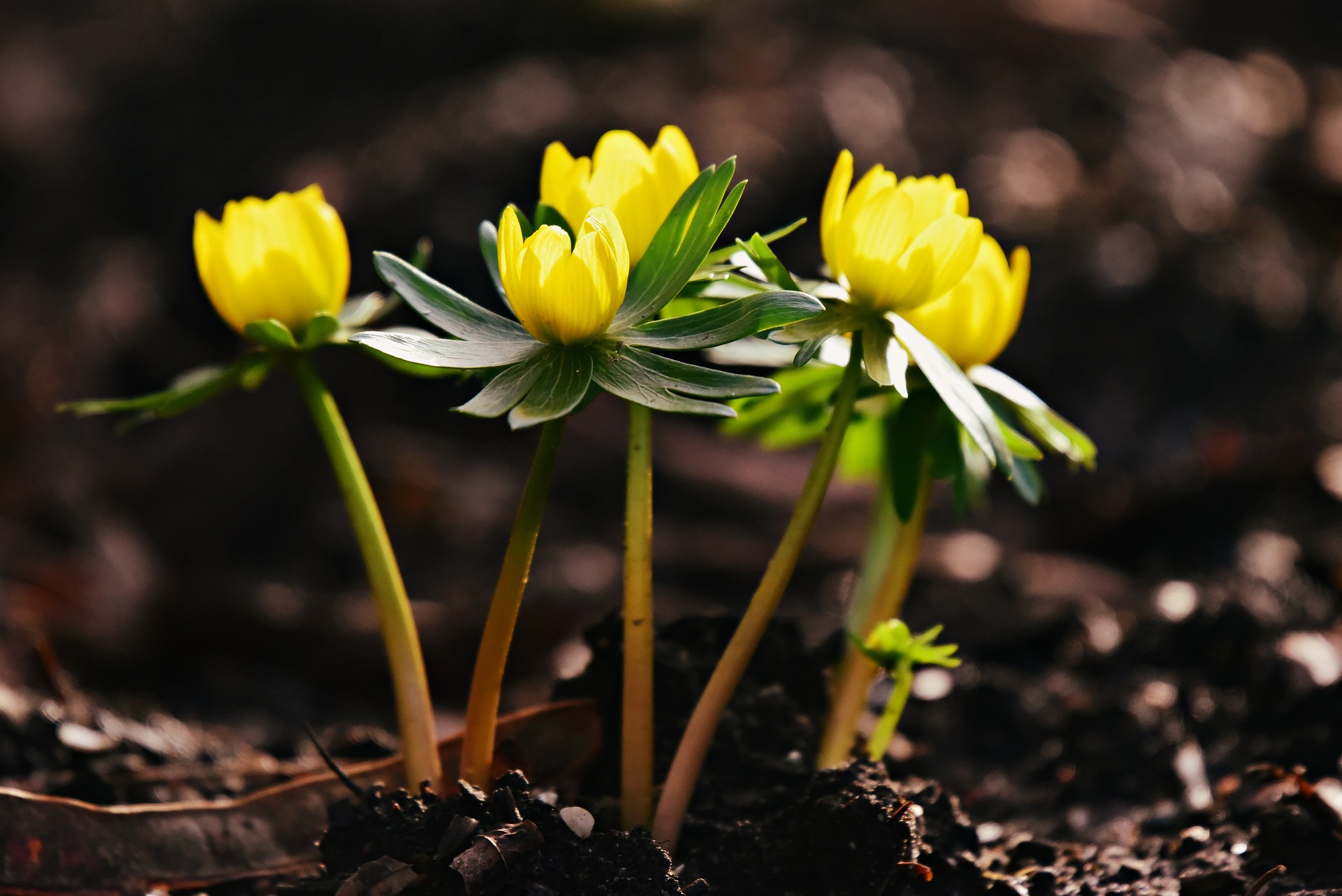
Winter aconite (Eranthus)
This tiny wonder goes by the colorful name Winter Wolf’s Bane. Only 3 to 4 inches tall, the sunny yellow, open cup-like flowers—related to buttercups—sit atop a frilly collar of green leaves. Deer- and rodent-resistant, it can be planted under deciduous trees.
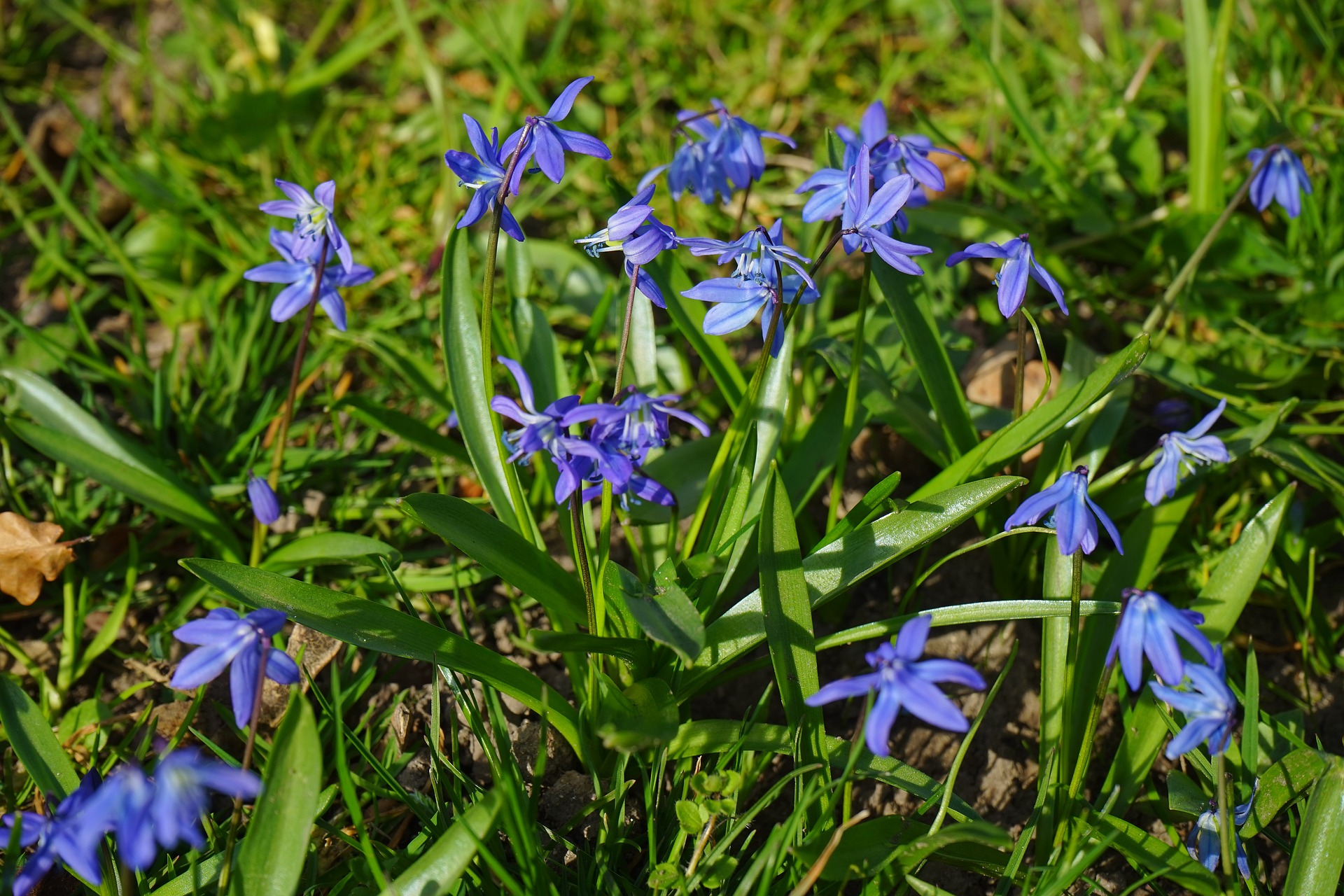
Siberian squill (Scilla sibirica)
Producing clusters of long-lasting, iridescent blue, star-shaped flowers, Siberian squill grows about 6 inches tall. If happy, it will spread, so plant the bulb where it can take over a patch of lawn or form a carpet of blue under a tree or spring-blooming shrub. It does well in sun or part shade and multiplies by seed and offsets.
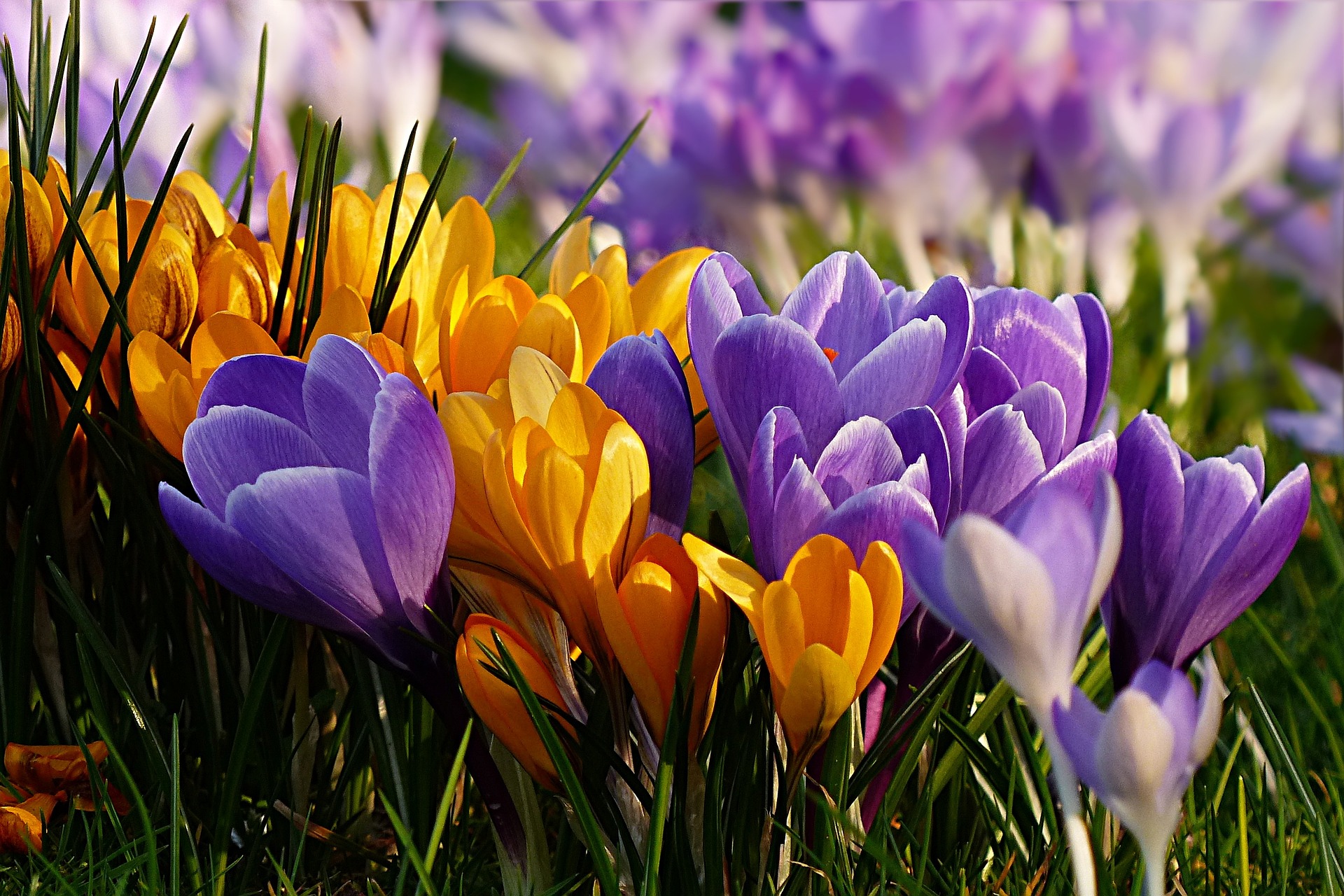
Snow crocuses (Crocus chrysanthus)
The snow crocuses emerge earlier than the Dutch giants; most of mine are between 4 to 6 inches tall and offer an array of colors to the bleak landscape ranging from yellow and white to lilac and deep purple. If rodents have eaten your crocus bulbs in the past, try the “Tommies” (Crocus tommasinianus). Bulb-chewing critters seem to avoid this species. See the Almanac’s guide to Growing Crocus for more varieties as well as planting information.
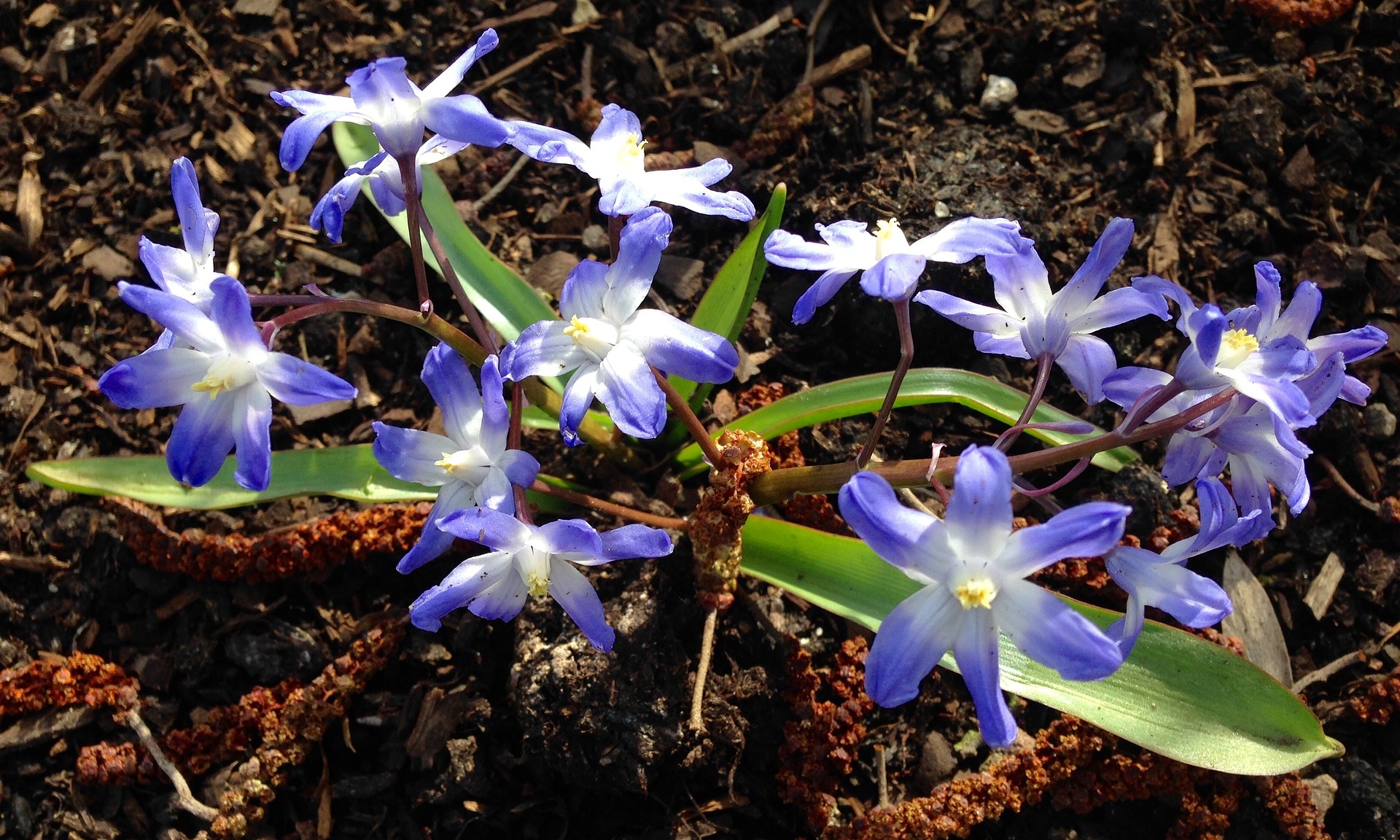
Chionodoxa, aka Glory of the Snow
Growing 6 to 8 inches high, Glory of the Snow lives up to its name, often appearing while the snow is still on the ground. The blue and white star-shaped blossoms bring the colors of the sky down to earth, but there are also white and pink varieties. They naturalize well and make a good ground cover in the sun or part shade. Deer, rodents, and rabbits will not bother them.
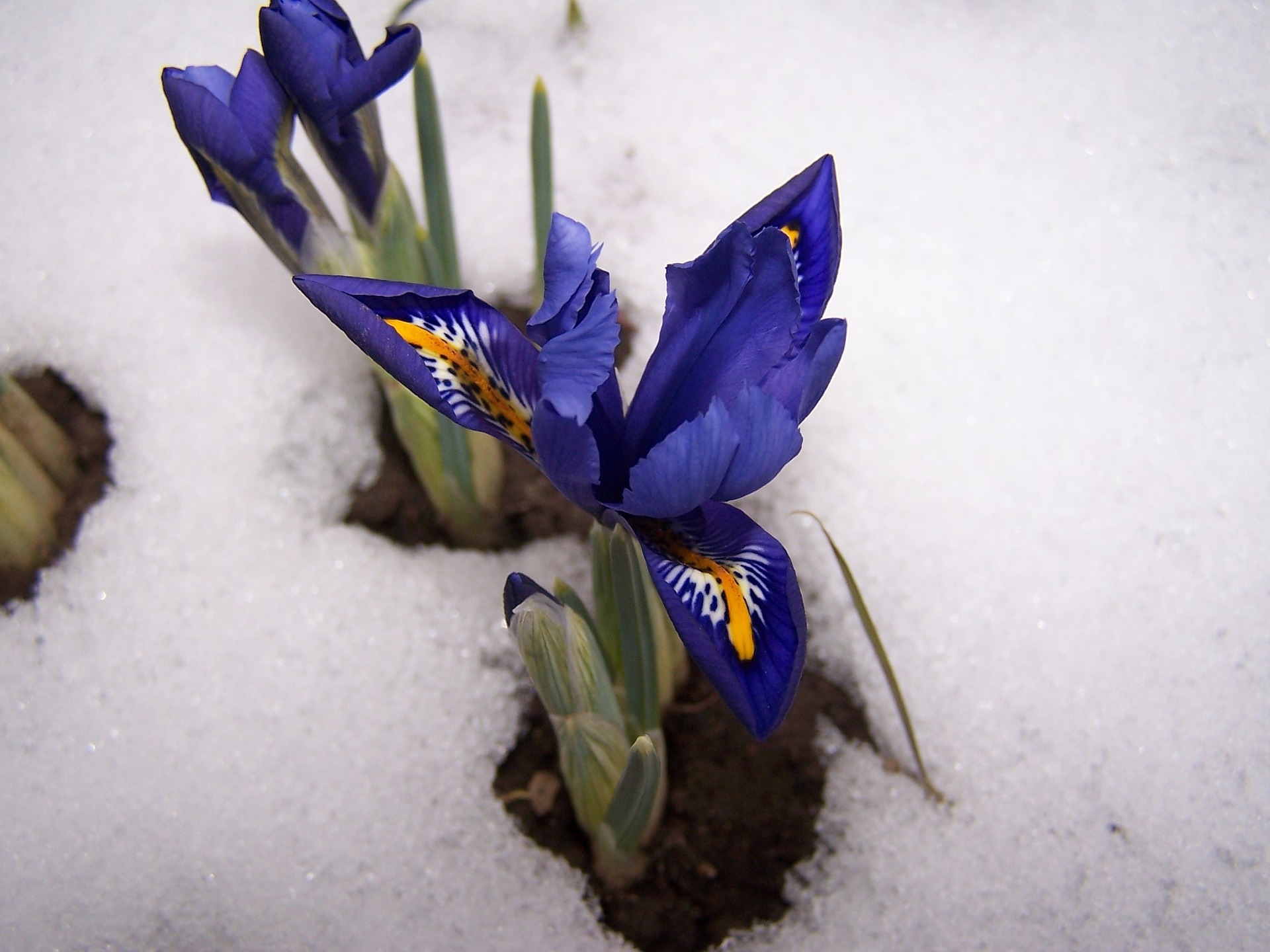
Iris reticulata
These sweet miniature irises appear long before their taller cousins. Growing only about 4 inches tall, they are deep blue with yellow and white landing pads for bees well-marked on their lower petals. Carefree colonizers will multiply rapidly and naturalize under trees. Excellent for rock gardens or along a well-used path, you can enjoy them, but the deer will just pass by.
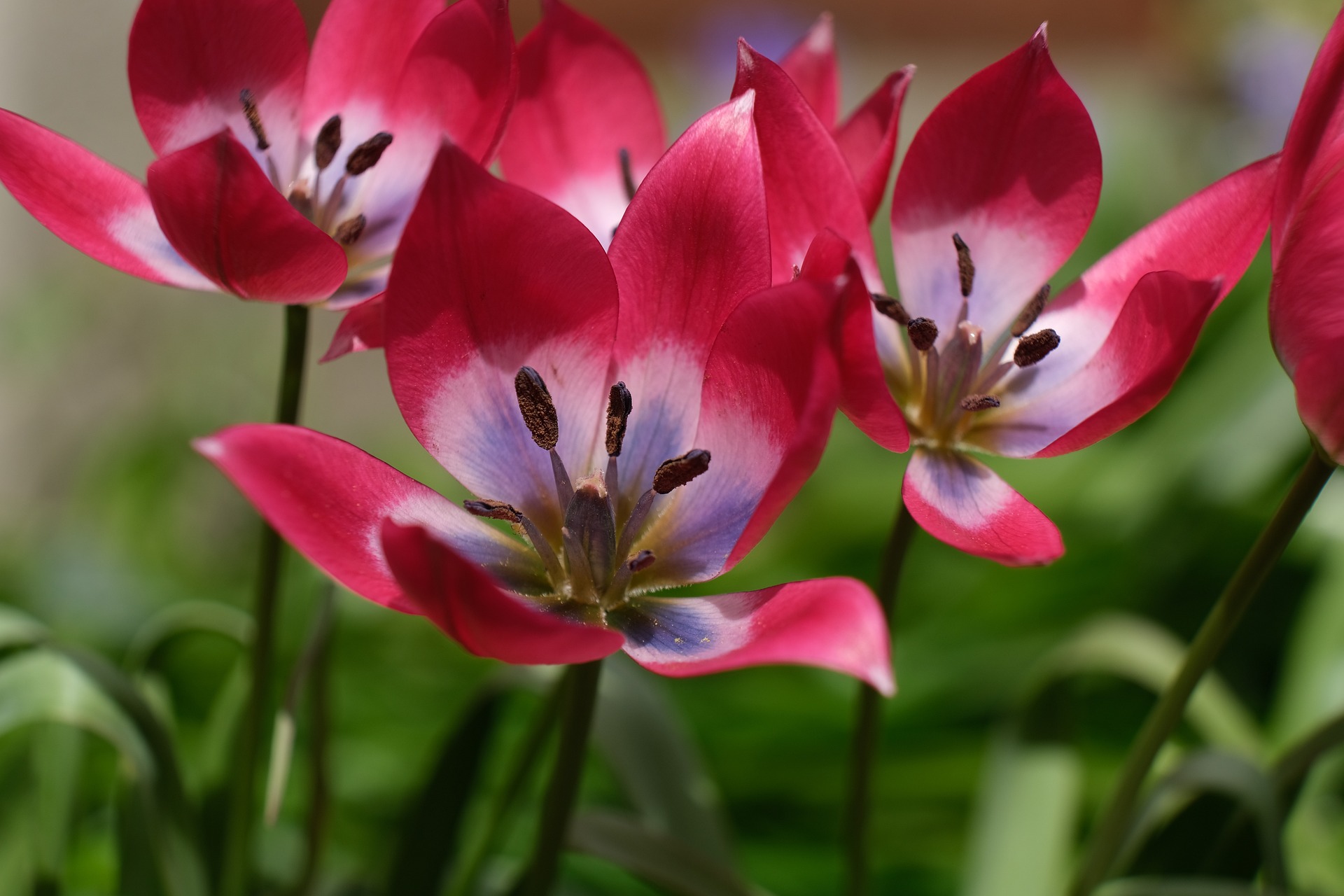
Wild tulips
Growing only about 3 to 8 inches tall, wild tulips are worth a try if you have trouble with deer eating your tall Dutch hybrids. There are about 25 to 30 varieties, so look for the earliest bloomers in a mix of colors. They are fragrant, and some stalks will bear more than 1 flower. If they are happy in their location, they will naturalize and spread after a few years. Like daffodils, they dislike wet soil and prefer a sunny spot in summer.
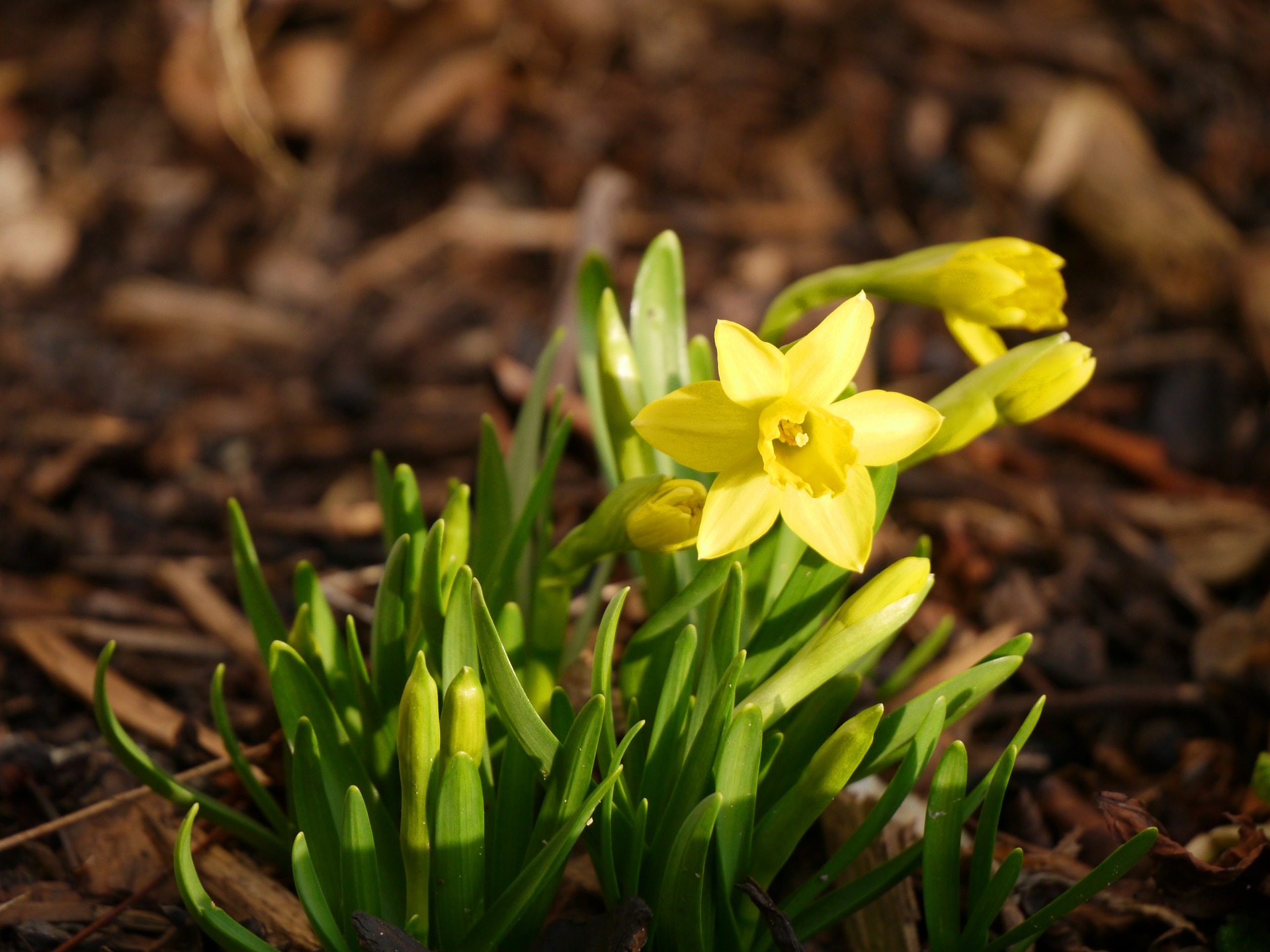
Daffodils
Among the earliest blooming daffodils are mini-daffs ‘Tete a Tete’, which are only about 6 to 8 inches tall but bear 2 blossoms per stem. The mid-sized Jet Fire is 8-12 inches tall and has reflexed yellow petals with orange cups. Double-flowering ‘Queen’s Day’ is named for a Dutch holiday that occurs on April 30—will yours bloom on time? All daffodils are a staple of the spring bulb world since no critter eats any part of them—above or below ground. See the Almanac’s guide on Growing Daffodils.
How to Plant Early Spring Bulbs
If you like the idea of early spring bulbs, you’ll need to plant them in the autumn. See our guide to spring-flowering bulbs.
Many of these early bulbs are small and easy to plant. They spread not only by offsets formed on the bulbs but also by seed, so do not deadhead them. Small flowering bulbs benefit from planting in masses to create much-needed pools of color for your winter-weary eyes.
Early emerging bees and other pollinators will welcome the pollen and nectar they provide!
